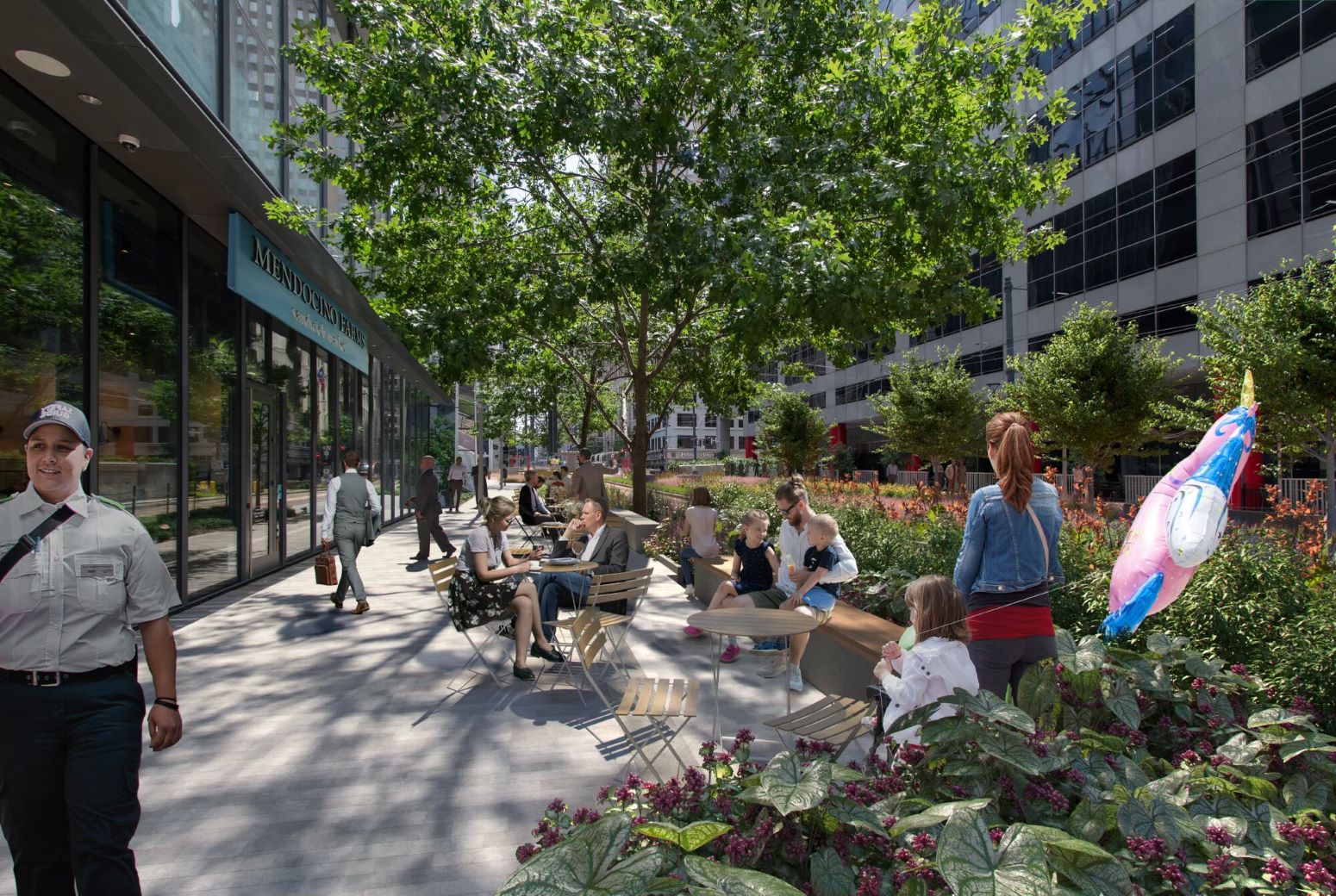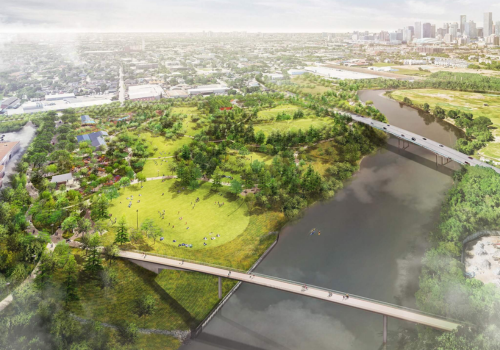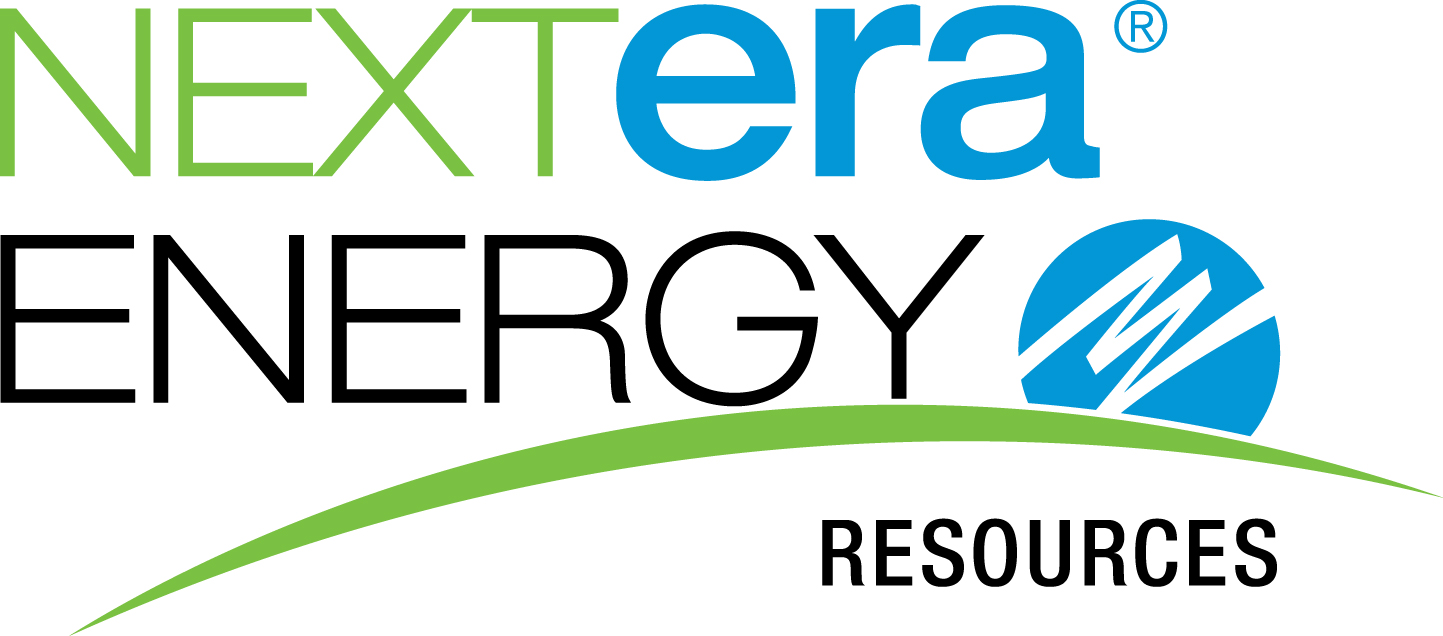New project to Transform Downtown Houston into Walkable Destination
Published Jun 28, 2024 by Hailea Schultz
A project aims to increase Houston’s walkability by transforming seven blocks in downtown into a car-free, pedestrian-friendly destination.
The project, dubbed More Space: Main Street 2.0, will extend Main Street from Commerce to Rusk and add four additional blocks from Rusk to Allen’s Landing, bringing the area to span a total of 11 blocks. This expansion will permanently block off traffic to the area, creating a promenade where people can safely eat, shop and gather.
Originally launched as a response to support local businesses during the COVID-19 pandemic, the More Space: Main Street 2.0 project initially enabled businesses to utilize roadway space for outdoor dining while people enjoyed expanded walking areas. The program’s popularity led the Houston City Council to formally approve its permanent implementation in 2023, with the goal of attracting more visitors to the area.
Spearheaded by Downtown Houston+, the project is currently in its final design and engineering stages, which include plans for new safety crossings, shaded social areas, landscaping and public art installations. Construction is scheduled to commence in 2025 and expected to finish ahead of the city’s FIFA World Cup 2026™ matches.
"The Main Street Promenade is a transformative project defining the next chapter of Main Street and Downtown," Mayor John Whitmire said in a news release, as reported by the Houston Chronicle. "I am excited about the City's future, including downtown, where we are designing a destination that attracts more people to work, live and play."
More Space: Main Street 2.0 is just one of several initiatives underway aimed at improving walkability in Houston. Another project, East Blocks, led by real estate developers Pagewood and Wile Interests, will convert warehouses in East Downtown into a walkable 10-block mixed-use district. Additionally, The Plant, a 17-acre mixed-use district, will revamp the historic streets of Second Ward, establishing a pedestrian-friendly district lined with a diverse mix of restaurants and shops.
Discover more about living in Houston.
 The Houston Report
The Houston Report























